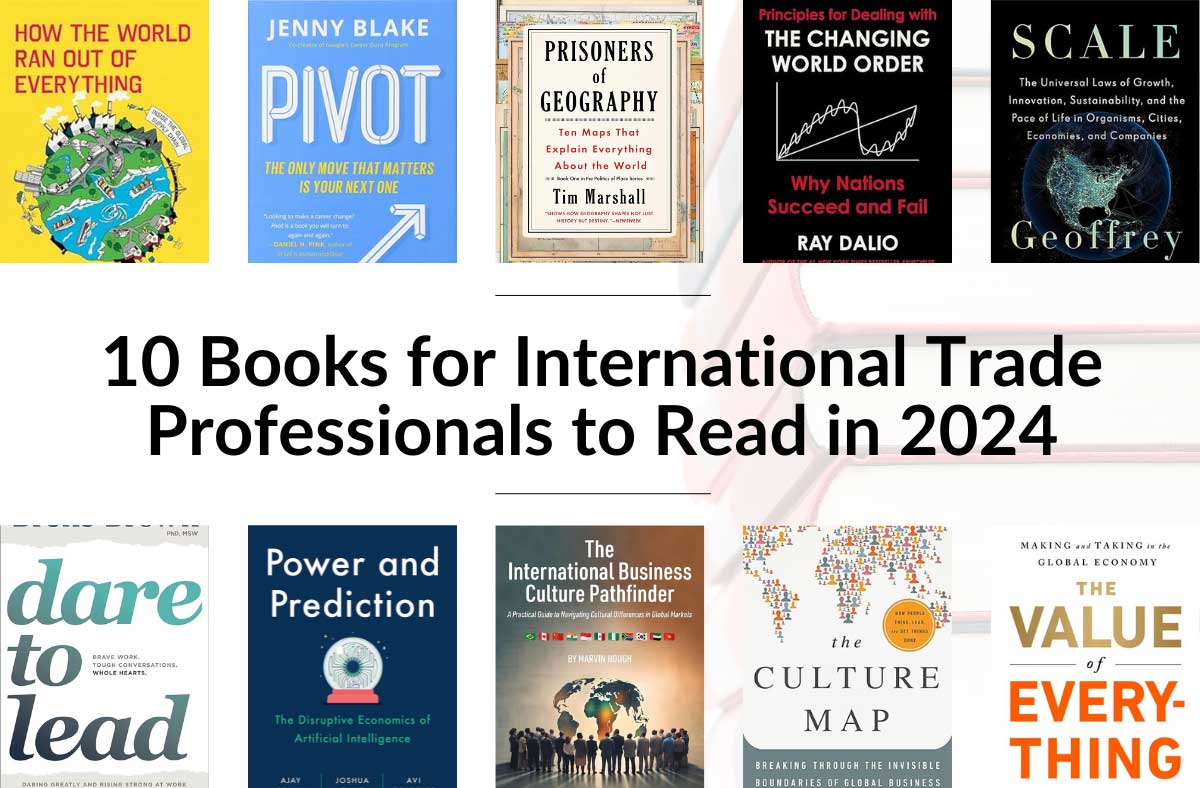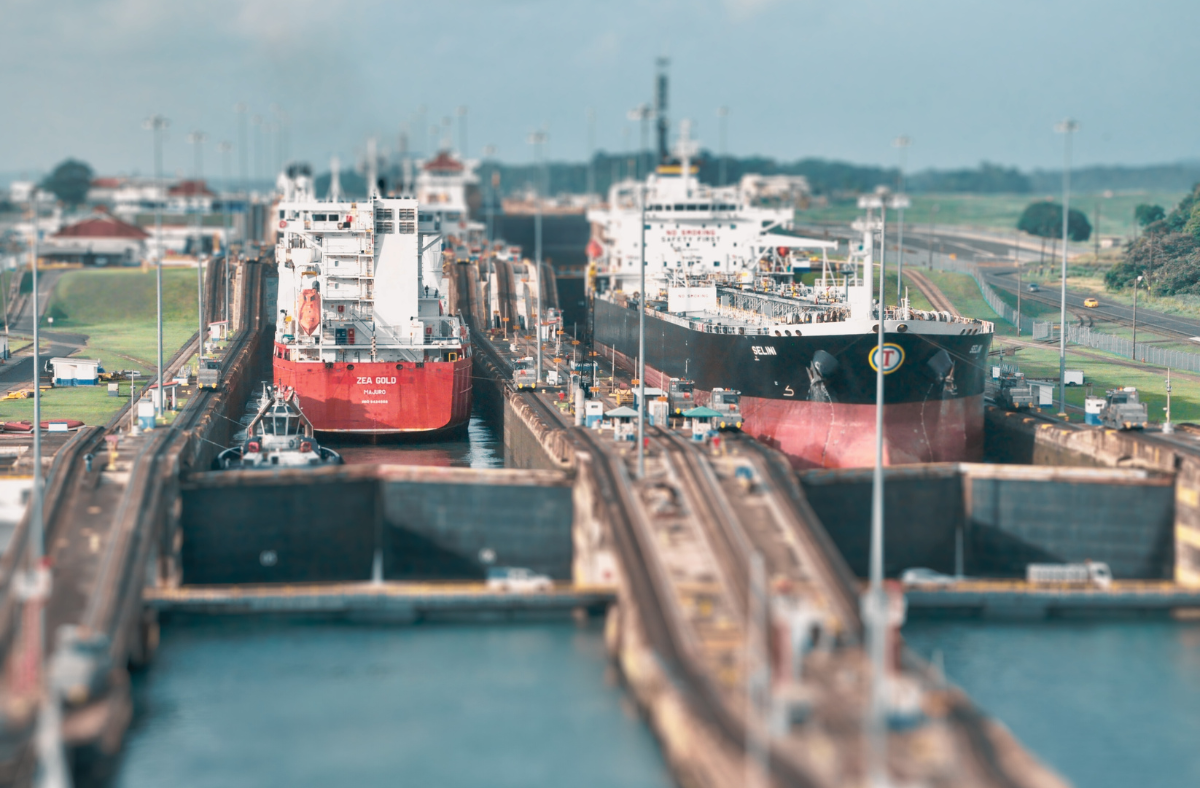
In the current international business environment, heightened customer expectations impact every part of the supply chain. At the same time, next-generation delivery and logistics management solutions are making global supply chains smarter, faster, more customer centric, and sustainable. Here are six trends to pay attention to in the world of global supply chain management for 2020 and beyond.
1. Using green logistics to cut costs and win customers
Logistics companies are integrating sustainability efforts into their overall strategy, motivated by keeping the environment “Green” and eliminating pollution. The trend is often referred to as “Green Logistics”. This will not only help the environment, but also it will enhance corporate reputations, lower supply chain costs and most importantly increase customer loyalty.
2. Supply chain integration an increasing focus for large companies
The enhancement and improvement of technology has played a major role in changing supply chain processes. Recently, top ocean carriers have started trying to move increasing numbers of documents through online processes, with the goal of streamlining the entire supply chain.
Maersk and DAMCO are two of the world’s leaders in moving containers, and their idea is to double down on the logistics processes with higher integration of inland services. This will help shippers to route their transportation at reduced cost, as the two companies have planned to connect sea and land, beyond the port of call. Alongside that initiative, digitization plays a huge role for them as it helps them to access to real-time data and information, create more agile and efficient processes and operations and more importantly, develop a more flexible “Elastic Logistics” strategy.
3. Is TradeLens technology the tool of the future?
A lack of visibility and transparency affects end to end supply chains negatively. Professionals are now trying to minimize risk and get the results for the whole process in one go!
TradeLens is a new software powered by blockchain technology, which will support global trade as a possible single platform to track the end-to-end shipping journey, making the entire process more transparent. Carriers, major shipping lines, ports, 3PLs, freight forwarders and other shipping and logistics players would all share and use the one single portal to update their customer.
Though it’s going to help for tracking freight, continued access to and use of the information is crucial. While streamlining the inventory management and improving the asset utilization is important factor for logistics, it’s important to keep an eye out for any downsides for customers and the industry as a whole from continued adoption and usage of this tool.
4. The hidden costs of taking humans out of the equation
While many companies are moving to an increasingly digital workflow to reduce costs, in my opinion going digital is itself a big cost as investing in technology would be. While it will be beneficial at some point, investing in infrastructure and training humans will help to increase the productivity of supply chain and eliminate the additional cost of maintenance.
This lack of infrastructure and service can lead to rising costs. Several carrier charges double the money for a simple local delivery, and include high fuel rates and excessive bunker charges. All 3PL try to minimize the cost and work efficiently, but due to high amount of load and issues, even 3PL are helpless and clueless when it comes to booking the carrier for the load. They tend to charge high and here company tries to utilize its all the resources book the lowest carrier on time.
Investing in infrastructure and delivery options will ease this, and is leading to exploration of alternatives to traditional delivery. For instance, drones have started playing a huge role in the supply chain industry. This would highly impact the trucking industry, as drones could be the future for delivering goods.
5. Increasing numbers of partnerships to reduce logistics costs
The aim of any company’s logistics strategy is to minimize the freight cost and provide highly efficient service. Partnerships will often not only help to reduce the costs, but also minimize the risks associated with shipping cargo. In some cases, an effective partnership can also decrease delays in delivery and enhance customer value and satisfaction.
In international markets, companies are trying to find partners that use innovative digital solutions which will help them to seek new opportunities. Increasing forecast accuracy, reducing inventories by using JIT (just in time) system, gaining new, more accurate delivery ETA estimates and decreasing the amount of required administrative work are a few of the crucial areas businesses aim to address through partnerships.
6. Will tariffs reduce business competition?
New trade disputes are impacting operations as well. Due to Trump’s new tariff policies, B2B and B2C supply chains alike are greatly affected. Retailers are worried about the how rising tariffs will escalate prices and reduce consumer demand. In some instances, this could leave fewer businesses still able to compete and may even result in a monopoly in particular industries.







disqus comments